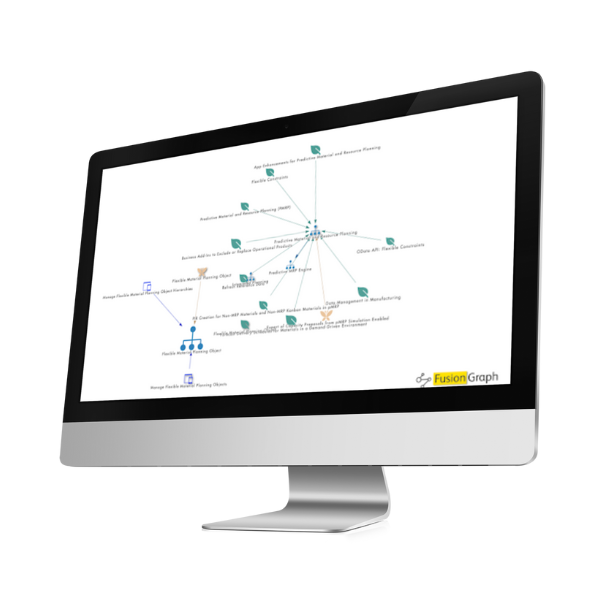Integrated planning in SAP S/4 HANA refers to the ability to plan and optimise business processes across different functional areas of the organisation, such as finance, sales, production, and procurement, within a single system.
This approach to planning enables organisations to align their planning and decision-making processes, reduce redundancies, and optimise resource utilisation.
Some of the key features of Integrated Planning in SAP S/4 HANA
- Centralised planning: Integrated Planning allows users to create and manage planning data from a central location. This means that data from different modules such as finance, logistics, and sales can be integrated and analysed in a single location.
- Real-time data: Integrated Planning provides real-time data that allows users to monitor and adjust plans quickly and easily. This means that users can react quickly to changes in the business environment, such as shifts in customer demand or unexpected supply chain disruptions.
- Flexible planning: Integrated Planning provides flexible planning options that allow users to create and adjust plans based on different scenarios. Users can create multiple versions of a plan and compare them to determine the best course of action.
- Collaborative planning: Integrated Planning allows users to collaborate on plans with other stakeholders in the organisation. Users can share planning data and communicate with each other in real-time to ensure that plans are aligned with the overall business strategy.
- Predictive analytics: Integrated Planning provides advanced analytics capabilities that allow users to create predictive models and forecast future performance. This allows users to identify potential risks and opportunities and take proactive measures to mitigate or capitalise on them.
- Workflow automation: Integrated Planning allows users to automate planning workflows, such as approvals and notifications, to improve efficiency and reduce errors.
What benefits does Integrated Planning in S/4HANA provide to your organisation?
- Improved collaboration: Integrated planning allows for different departments and stakeholders to work together and share data, insights, and planning scenarios within a single system, improving collaboration and communication.
- Improved visibility: Integrated planning provides organisations with a holistic view of their operations, enabling them to identify opportunities for optimisation and improvement.
- Improved decision-making: Integrated planning enables organisations to evaluate different scenarios and understand their potential impact on the organisation's performance, improving decision-making and risk management.
- Increased efficiency: By optimising resource utilisation and reducing redundancies, integrated planning can help organisations reduce costs and improve efficiency.
- Better customer service: By aligning planning and decision-making processes, integrated planning can help organisations improve their responsiveness to customer demands and expectations.
- Enhanced agility: Integrated planning allows for real-time adjustments to plans and forecasts, providing organisations with the agility they need to respond to changes in the market or business conditions.

With the help of FusionGraph it's easy to discover and understand new functionality like this and add it to your business case for S/4HANA migration.
Click the link the request a demo.




